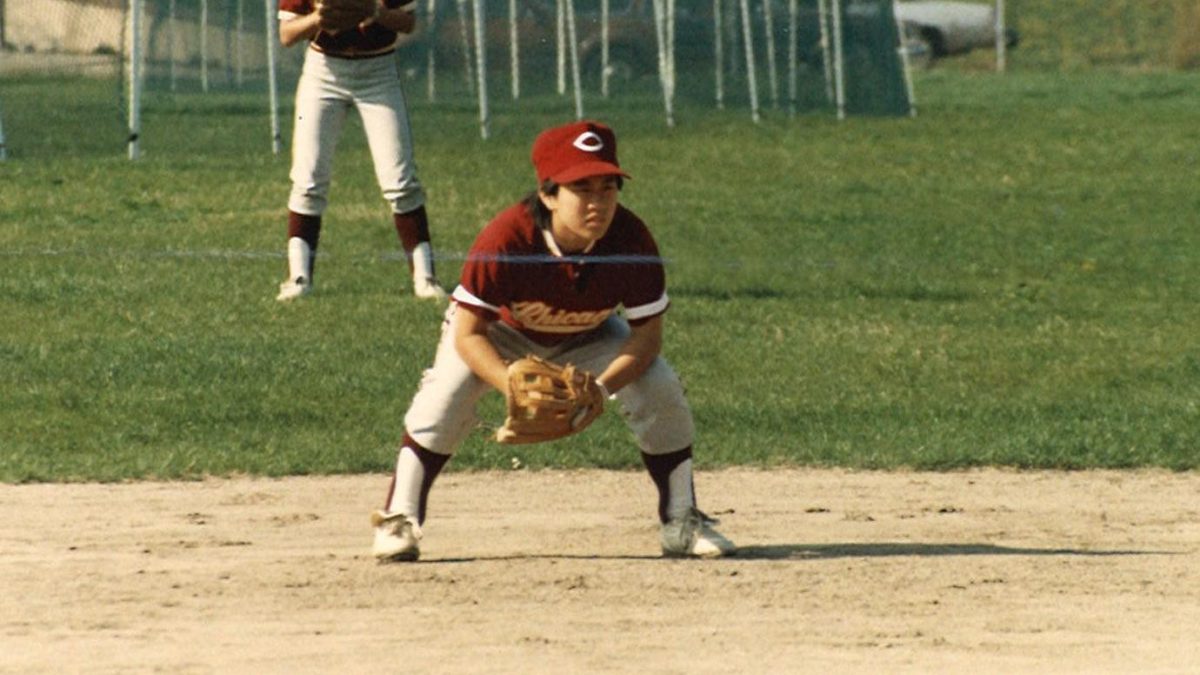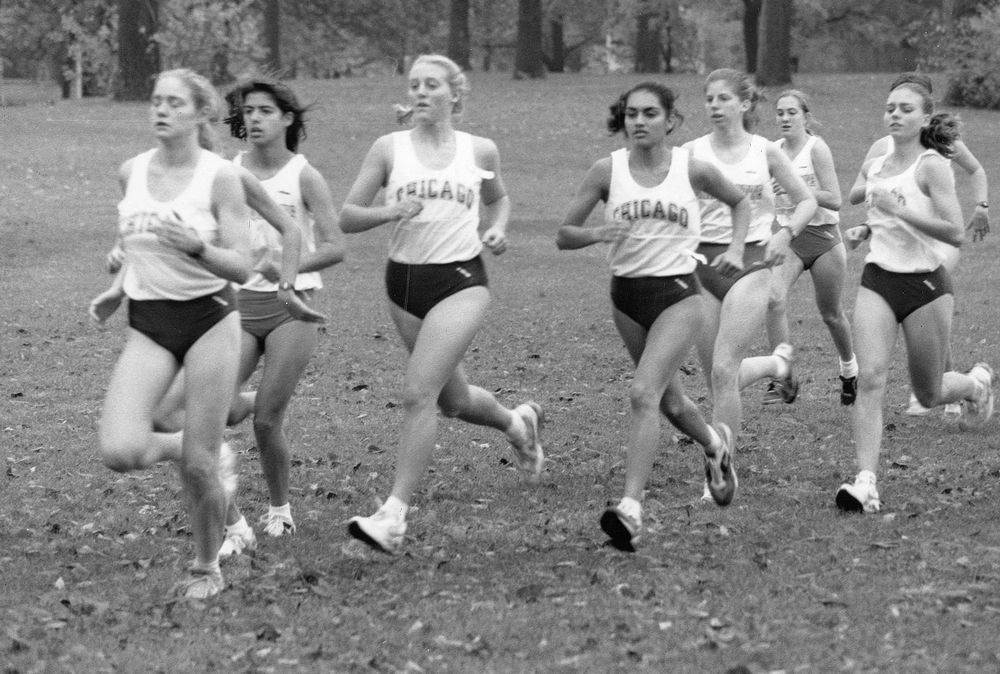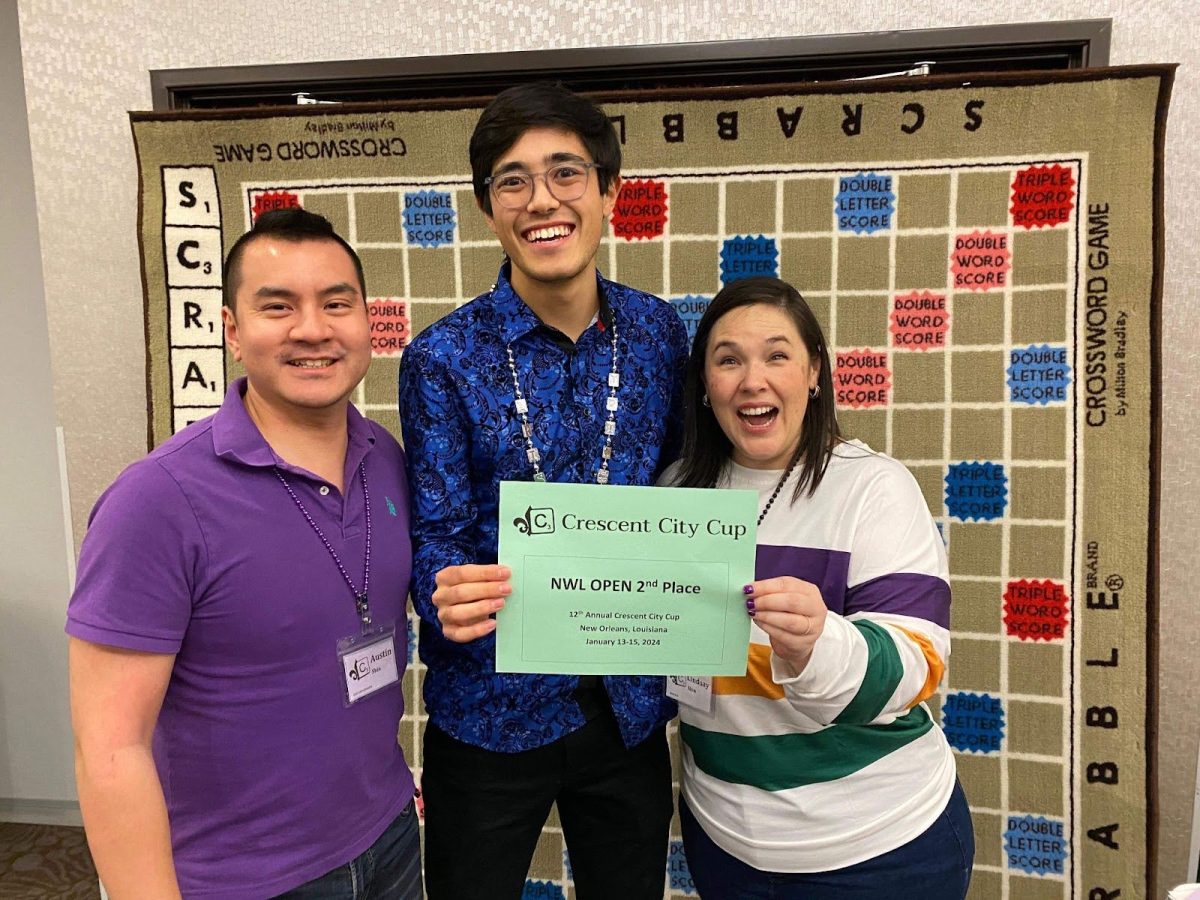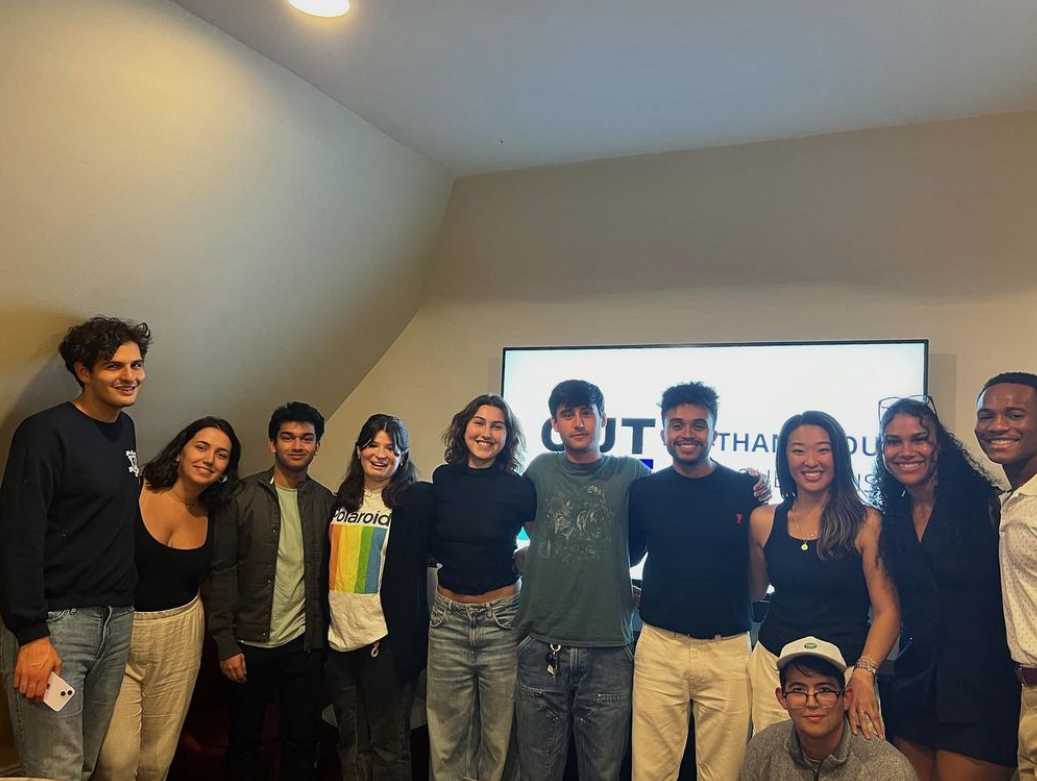Often it’s difficult to pick out who is an athlete in a classroom of University of Chicago students. Contrary to some preconceptions, a Maroon athlete are like any other student: they went through the same application to the University, they take the same classes, and they eat in the same dining halls. The University of Chicago has always boasted—rightfully—that it’s a different kind of place to learn. Likewise, it takes a different kind of athlete, one who doesn’t fit the “dumb jock” stereotype, to play at Chicago.
So how do we get academically successful students who also have game? It takes dedicated recruiting that is carefully tuned to the culture of the University and the prospective student-athlete’s individual wants. Chicago’s coaches must strike a balance between athletic and academic excellence and sell the school for what it is: an institution highly committed—first and foremost—to academic pursuits.
In the past couple of years there has been a renewed push to attract talented athletes. New facilities like Ratner Athletic Center, revamped programs, and the recent success of teams and individual athletes have all been helpful in catching the eyes of promising recruits. For a lot of teams, the efforts have been successful. Second-year Renee Neuner was named the 2004 NCAA Division III Player of the Year for women’s soccer. Second-year Hannah Roberts was named an All-American in her freshman year pitching, and she has been one of the NCAA’s best pitchers again this year.
Other teams are on the road to improvement. Tennis is one program in particular that was not taken seriously in the past but is now making strides in the rebuilding process. The new coaching staff already boasts two first-years who have been big contributors this year, and they are expecting to bring in more for next season.
Recruiting is a year-long process for most coaches. They start noting the performances of athletes in their junior year of high school and communicate with them first through their high school coaches and then through mailings, telephone calls, and e-mails.
There are different opportunities available for coaches to scout talent based on the sport. For instance, soccer and volleyball have club systems where coaches can see prospective recruits in action at a time when the coaches are not engaged in their own seasons. Football, however, faces an interesting challenge because the fall season is really the only time coaches can see recruits perform. As a result, the coaches go see the games they can, but they also employ a recruiting service, which gives them a good idea of which players are worth considering based on their statistical performance and academic standing.
The face-to-face part of the recruiting process occurs during the recruit’s senior year. Head volleyball coach Dorinda Von Tersch and Jeff Sokol, football recruiting coordinator, say that meeting with the recruits in person is not only crucial to convincing an athlete to come to the University, but also enjoyable. Both take a very honest approach to pitching the University.
“The coaches and [host] players were very straightforward with me,” third-year football and baseball player T. J. Rajcevich said. “They were honest, saying that playing here wouldn’t be glamorous.”
Both Rajcevich and third-year cross country and track stand-out Erin Steiner agree that making a visit to Chicago was the most influential part of their recruiting experiences.
“Meeting the team really made you want to come and be a part of it,” Steiner remarked, citing the efforts of her hostess, teammate, and current roommate as major reasons she felt persuaded to be a Maroon.
Even if a recruit is thrilled with what he or she sees on a visit, two major obstacles remain: admissions and financial aid. The coaches encourage their recruits to put forth the best application they can, but ultimately, the decision of whether a recruit will come to Chicago rests with the admissions office and the admissions office only. Academic standards are not lowered for athletes like at many Division I schools.
Von Tersch and Sokol claim that it is unusual for a recruit to apply, commit to the team contigent upon acceptance, and then get rejected. On the other hand, athletes’ applications do not float to the top of the pile. They receive no preferential treatment—their essays get passed around the same table as everybody else’s.
“We usually do a thorough job of working with the recruit from the very beginning to see if Chicago is a place she can handle and if it’s where she really wants to be,” Von Tersch said.
Coaches can usually tell from the beginning if a recruit has a real chance of being admitted. “We do remind [the recruits], though, that there are no guarantees,” Von Tersch added.
She and many other coaches encourage their recruits to apply Early Action so that teams can get a grasp on how their recruiting class might shape up before the College’s final deadline on May 1. However, recruits often wait for financial aid packages to arrive before making a final decision on which school they will attend; therefore, the process can go down to the wire.
Besides admissions, the other major challenge in bringing in talented athletes is Chicago’s financial aid system. Because it is a Division III school, Chicago does not offer monetary help to athletes. Division I schools, on the other hand, can offer athletes financial help with partial and full scholarships.
At a school as expensive as Chicago, money becomes a central concern for recruits and their parents. The task put before the coaches is to convince parents to spend a considerable amount of money sending their child to the University even though another place may be offering a better financial package. It isn’t an easy sell, in most cases.
Pulling a bit of economics, Von Tersch has taken a different approach to address the money situation. “I tell parents now to think of their daughter’s Chicago education as an investment,” she explained. “The tuition is not a bill—it’s a real investment with a great rate of return. Their daughter will graduate with excellent connections and career opportunities.”
Von Tersch also started having recruits and their parents meet with CAPS counselors so the benefit of attending Chicago becomes more apparent in light of its cost.
“It’s a matter of values,” Von Tersch said. “I have a recruit who turned down a $20,000 merit package to come play here because she wanted to be challenged academically.”
Something any student strolling the quads may not know is that there are Maroons who could very well have played at a higher level. By coming to Chicago they passed up athletic scholarships and that elusive shot to appear in Sportscenter highlights. But why?
Neuner, who was the main offensive threat for the NCAA runner-up soccer team, is one example. She had the opportunity to play for a Division I team, but factors other than simply playing soccer influenced her decision.
“It came down to the academic opportunities offered here and the commitment Coach Reifert displayed in terms of creating a successful team within an intense academic environment,” Neuner said.
She also wanted the opportunity to contribute to a team right away, something that a higher division program might not have given her. Her experience on the team has been a successful and rewarding one, and she doesn’t regret her decision to come to Chicago.
“When I talk to prospies who are struggling with the same choice [I had to make], I tell them that it comes down to their own preferences or expectations,” Neuner said. “If they’re interested in playing D-I just so they can say they play D-I then go for it, but my decision was more dependent upon my education and the chance to contribute on a successful team.”
Softball head coach Ruth Kmak has also recruited a number of players who turned down Division I scholarships for the Chicago education. “The thing with softball is that there are no big professional leagues. So people in softball have come to the realization that they want to get the best education that they can get. Division I scholarships aren’t the greatest thing anymore,” Kmak said. “Look at [recent pitchers] Kelly Ostler, Hannah Roberts, and Petra Wade. They could all be amazing Division I pitchers. But there’s nothing beyond that. They realize the value of a school like Chicago.”
“After being hurt [in high school], I didn’t want to be in a program where I would really be tied down and depend on pitching to keep my scholarship,” Roberts said. “When I was coming here, I knew that I would be able to play and enjoy it, but it wouldn’t be that level of commitment where it was a job. It’s good here because I can combine academics with athletics and enjoy both without too much pressure.”
There is a common theme among Chicago athletes: They were looking for a college that would satisfy their need for an academic and athletic challenge. On an individual basis, there were certain aspects of Chicago’s athletic programs that made it the right fit for their goals.
For Rajcevich, the size of Chicago’s programs allowed him to play both football and baseball. He considered walking on at a large Division I school, but he would have had to decide on one sport. What pushed Steiner to choose Chicago was the intense yet flexible nature of the cross country and track and field programs along with the coaching. She was originally recruited under another coach, but current head coach Chris Hall continued the tradition of high expectations.
“Coach Hall is a great coach because he understands the level of academic commitment, but expects a lot out of us anyway,” Steiner said. “He cares about and knows each of his athletes.”
Like Neuner and Roberts, first-year tennis player Vivek Venkataraman was talented coming out of high school, but chose Chicago over other schools because he wanted to play and take on a leadership role right away. Venkataraman is also quick to point out that D-III does not mean an easier experience.
“[Coach Perry] runs our team like a Division I program,” Venkataraman said. “It’s a rigorous schedule, but it actually helps my time management and getting school work done.”
It takes effort on behalf of Chicago athletes to remain balanced, but balance was what they were looking for when searching for the right school. Chicago coaches seek athletes who believe in and will work hard in all areas.
“I think the way Chicago runs its athletic program, including the current effort to make all the sports stronger, shows the university’s strong commitment to our overall well-being,” Venkataraman said. “It exemplifies the value of the scholar-athlete.”









